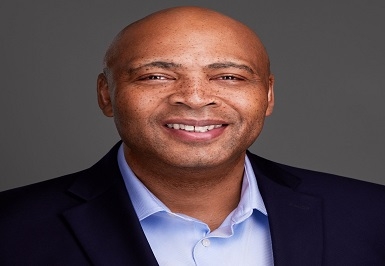MedTech & Type 1 Diabetes What if my smartwatch becomes a medical device?
 Marie Barani
Marie BaraniMedTech & Type 1 Diabetes What if my smartwatch becomes a medical device?
Today, no needless solution to check the glucose level exists for patients affected by type 1 diabetes.
They either do at least four or five times a day a fingerstick with a traditional glucose meter coming along a lancing device, a lancet and a strip. They have to prick their finger with the lancing device and the lancet to deposit a blood drop on the strip inserted in the glucose meter (see below: a glucose meter with a lancing device armed with a lancet, and a strips box).
Or they are equipped with a sensor that lasts between 7 and 14 days and is “inserted” into their body via a “needle” (example of a sensor on the right side of the image below with its reader on the left side).
It has been recently reported that Apple is working on a smartwatch incorporating a blood glucose monitoring function. While those rumors are spreading since the beginning of the AppleWatch commercialization, it seems that patents have been applied for, what could materialize the idea.
Now, if an AppleWatch or any other manufacturer’s smartwatch includes a system to check a patient’s glucose level, what does that mean and what are the potential hurdles?
For a type 1 diabetic patient, that would be even more revolutionary than a glucose sensor in terms of comfort. You stop fingerpricking or you do no longer have a sensor attached to your body thanks to a needle. You do not bear the risk that the sensor falls before its end date because it was not pasting sufficiently on your skin, you hooked it into a door or a bag strap, or someone was too close to you in transports and hit you inadvertently (all real life experiences)…
Additionally, such a solution has practical ecological and financial benefits.
You stop trashing a full set of lancets and strips every single day or a sensor every week or two weeks, as you can keep the watch for a certain time provided it is not subject to planned obsolescence. You avoid monthly trips to the pharmacy. You buy it once and (hopefully) for a very long time (?).
Financially, this would benefit public healthcare systems as well as patients paying on their own. If you consider that a sensor price in France is 34€ (assuming the state pays the pharma price) for 14 days, after one year the public healthcare system has contributed to around 26 sensors per patient, a total of 884€/patient yearly. If you live in the UK and pay for the sensors on your own, for a price of 50 pounds every 2 weeks, you spend a total of £1300 yearly.
An AppleWatch costs around 400€ and £400. This would lead to more than 400€ savings per type 1 diabetic person for the French state and £900 for any type1 diabetic paying for the sensors on its own in the UK. Those are substantial financial savings.
Now what are the potential hurdles to get such a glucose monitor on a smartwatch working and approved for medical use by patients?
The first one is technical and is named accuracy. Accuracy is key in type 1 diabetes management. If my device tells me my glucose level is at 80 while in fact it is at 50, this is absolutely not the same situation: at 80 I can survive, at 50 I urgently need sugar otherwise I will pass out. If I am at 150 I am fine, but at 180 I may consider a correction dose.
The second one is regulatory and relates to having the device labelled as a medical device. It will have be tested on patients first, what requires clinical trials, and approved as a medical device, through a conformity assessment. This conformity assessment comes on top of the radio equipment conformity assessment. Indeed, any tech device implementing a cellular or wireless standard such as 3G, 4G, Wi-Fi or Bluetooth has to be assessed and approved as a radio equipment device. And any medical device can only be commercialized once it has successfully passed a clinical trial and a medical device conformity assessment. Those devices are thus currently subject to two different pieces of legislation in Europe, the medical devices regulation and the radio equipment directive, with two distinct conformity assessment procedures.
Patients can benefit from wearables turned into medical devices. But we need to facilitate the development, commercialization and availability of such devices. A separate and more simple regulatory framework for those new hybrid devices could help.



